
Lars Jonsson (born 1952 in Stockholm) is a Swedish ornithological illustrator living in Hamra in the south part of the Swedish island of Gotland. He was appointed an honorary degree by Uppsala University in 2002. [1]

Lars Jonsson (born 1952 in Stockholm) is a Swedish ornithological illustrator living in Hamra in the south part of the Swedish island of Gotland. He was appointed an honorary degree by Uppsala University in 2002. [1]
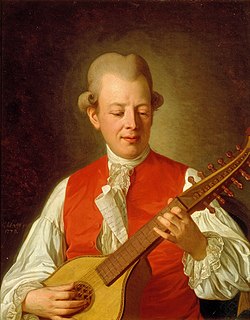
Carl Michael Bellman was a Swedish songwriter, composer, musician, poet and entertainer. He is a central figure in the Swedish song tradition and remains a powerful influence in Swedish music, as well as in Scandinavian literature, to this day. He has been compared to Shakespeare, Beethoven, Mozart, and Hogarth, but his gift, using elegantly rococo classical references in comic contrast to sordid drinking and prostitution—at once regretted and celebrated in song—is unique.

Lars Johan Hierta was a Swedish newspaper publisher, social critic, businessman and politician. He is best known as the founder of the newspaper Aftonbladet in 1830. Hierta was a leading agitator for political and social reform in Sweden during the 19th century. He is sometimes credited as the "father of the free press" in Sweden.

Ulrika Eleonora of Denmark and Norway was Queen of Sweden as the wife of King Charles XI.

Hedvig Sophia Augusta of Sweden, Duchess of Holstein-Gottorp, was the eldest child of Charles XI of Sweden and Ulrike Eleonore of Denmark. She was heir presumptive to the Swedish throne until her death and the regent of the duchy of Holstein-Gottorp for her minor son from 1702 to 1708. Some sources refer to her as Sofia.

Lars Erik Einar Gustafsson was a Swedish poet, novelist, and scholar. Among his awards were the Gerard-Bonnier-Preis in 2006, the Goethe Medal in 2009, the Thomas Mann Prize in 2015, and the International Nonino Prize in Italy in 2016.

The invasion of Russia by Charles XII of Sweden was a campaign undertaken during the Great Northern War between Sweden and the allied states of Russia, Poland, and Denmark. The invasion began with Charles's crossing of the Vistula on 1 January 1708, and effectively ended with the Swedish defeat in the Battle of Poltava on 8 July 1709, though Charles continued to pose a military threat to Russia for several years while under the protection of the Ottoman Turks.

Herbert Lars Gustaf Tingsten was a Swedish political scientist, writer and newspaper publisher. He was a professor of political science at Stockholm University from 1935 to 1946, and executive editor of the newspaper Dagens Nyheter from 1946 to 1959.

Adolf Ludvig Gustav Fredrik Albert Badin né Couchi, known as Badin was a Swedish court servant (Kammermohr) and diarist. Originally a slave, he was the foster son and servant of Queen Louisa Ulrika of Sweden and a servant to his foster sister Princess Sophia Albertine of Sweden. His original name was Couchi, but he was commonly known as Badin.
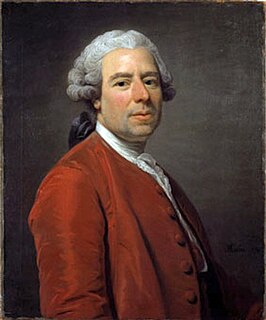
Johan Pasch was a Swedish painter, etcher and decorative artist. He is sometimes referred to as The Elder to distinguish him from another, minor, painter named Johan Pasch (1752-1811), who may have been distantly related.

Tore Janson is a Swedish linguist. Janson was professor of Latin at the University of Gothenburg, and later became professor of African languages at the same alma mater. He retired in 2001, but has since been affiliated with the University of Stockholm.

Olaus or Olof Verelius was a Swedish scholar of Northern antiquities who published the first edition of a saga and the first Old Norse-Swedish dictionary and is held to have been the founder of the Hyperborean School which led to Gothicism.
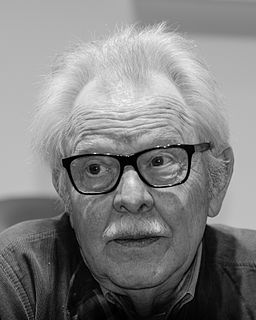
Karl Gunnar Harding is a Swedish poet, novelist, essayist and translator, considered 'one of Sweden's foremost poets'. Among his other poetry collections is Starnberger See from 1977. Among his novels is Luffaren Svarta Hästen from 1977. He published the children's book Mannen och paraplyet in 1990. He was awarded the Dobloug Prize in 2011.
Karl Axel Jansson was a Swedish politician, belonging to the Communist Party of Sweden.

The French Theater of Gustav III was a French language theater active in Sweden between 1781 and 1792. The French theater company performed both before the Swedish royal court in the theaters of the royal palaces, as well as before the Swedish public in Stockholm. It is known to have played a significant part in the education of the pioneer generation of actors at the Royal Dramatic Theatre.

The Coup of 1756 was an attempted coup d'état planned by Queen Louisa Ulrika of Sweden to abolish the rule of the Riksdag of the Estates and reinstate absolute monarchy in Sweden. The attempted coup was exposed and subdued in 1756 shortly before it was due to be put in action. It caused a rift between the royal house and the parliament.

Sune Lindqvist was a Swedish archaeologist and scholar. He worked at the Swedish History Museum, where he was responsible for the finds from the boat graves at Valsgärde, and later at Uppsala University, where he wrote two major works alongside several hundred other publications.

Lars Lönnroth is a Swedish literary scholar.
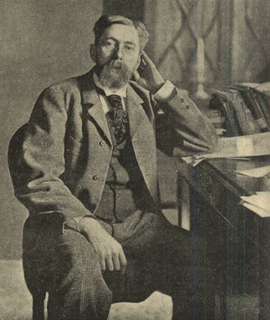
Albert Hellen Gustaf Benedikt Lindgren, was a Swedish author and translator. He was the son of author Amanda Kerfstedt.
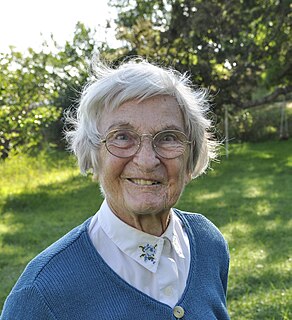
Alice Rasmussen is an Italian-Swedish art historian, and author, specialised in art history, botany, and August Strindberg (1849-1912).

The Hellvi helmet eyebrow is a decorative eyebrow from a Vendel Period helmet. It comprises two fragments; the arch is made of iron decorated with strips of silver, and terminates in a bronze animal head that was cast on. The eyebrow was donated to the Statens historiska museum in November 1880 along with several other objects, all said to be from a grave find in Gotland, Sweden.